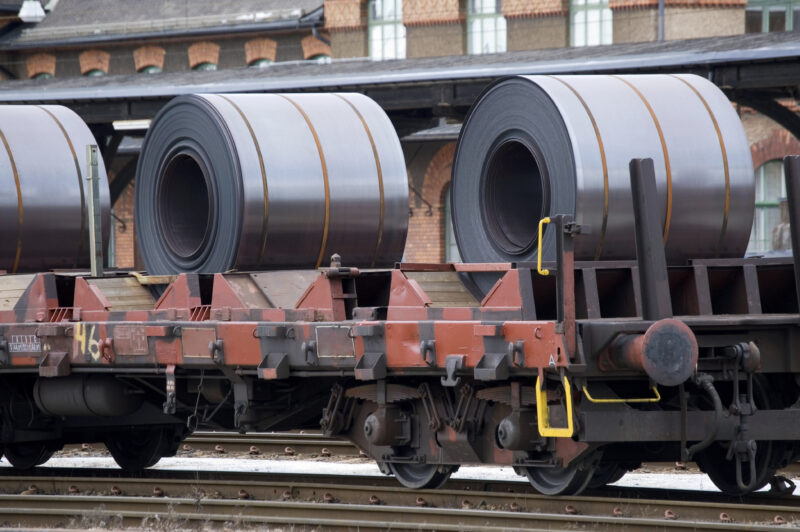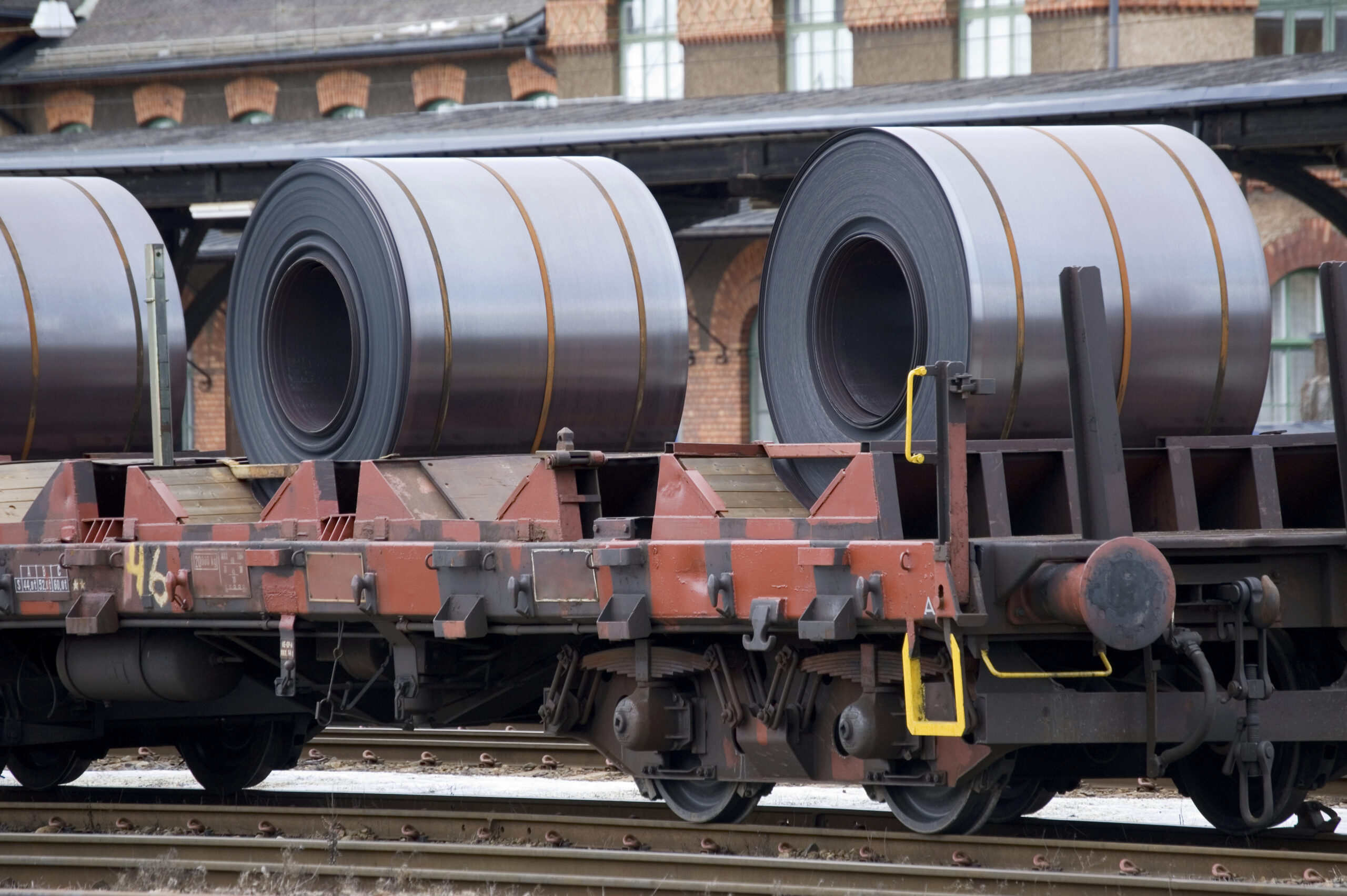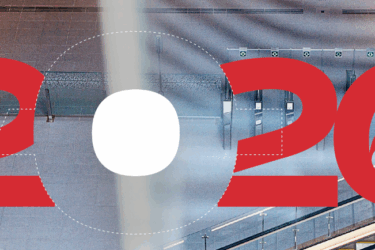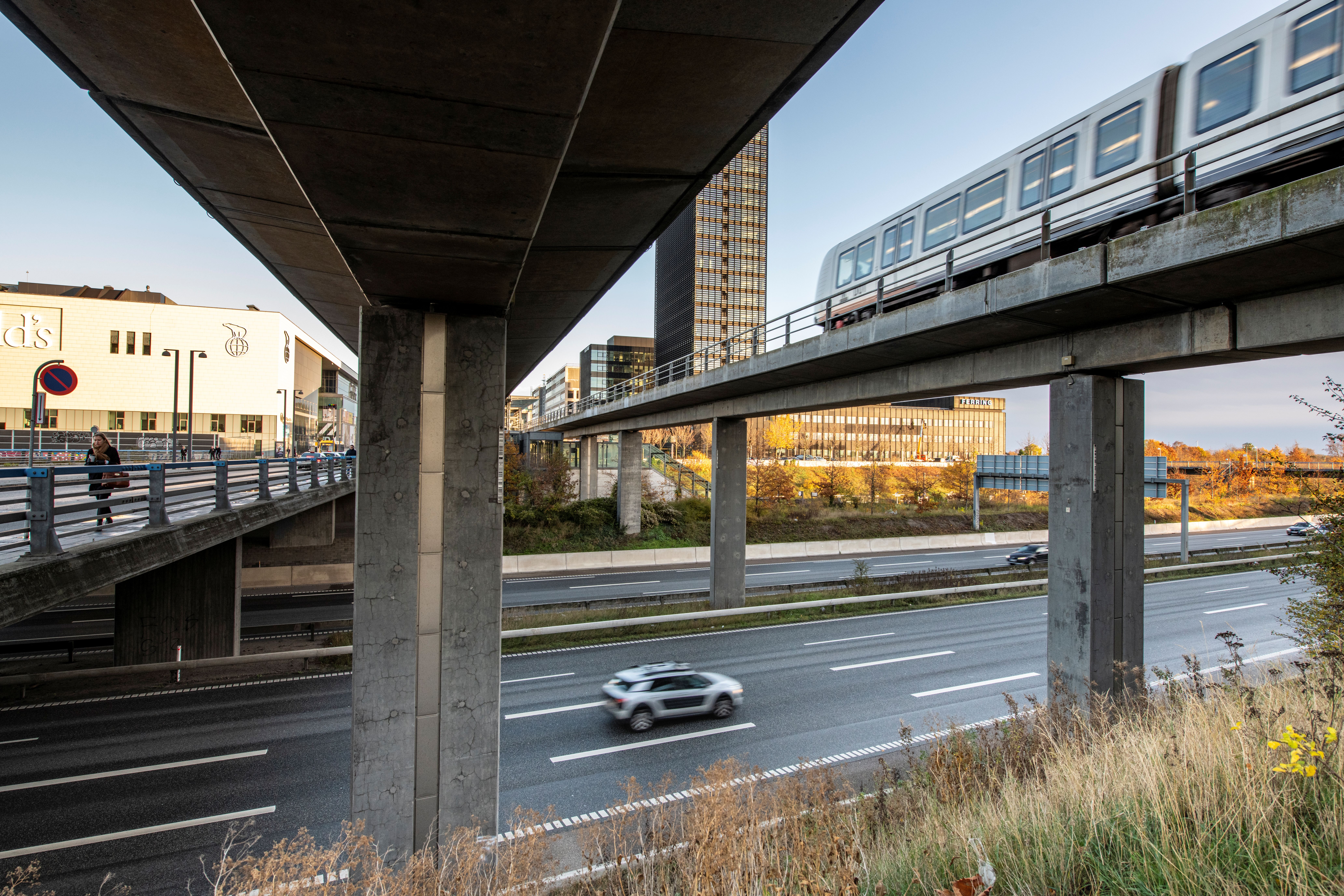GREAT ADVANTAGE OF FREIGHT RAIL AS A MODE OF TRANSPORTATION
Anyone selling transportation solutions should start taking an interest in including rail as part of their mix and offerings to customers in terms of freight transportation. Because there are many benefits to this mode of transportation.
This doesn’t just apply to long-distance freight. For all types of goods that can be packed in containers – i.e. virtually all types of goods – from food and non-food retail goods to building materials and biomass, rail transportation has great potential as an efficient, cost-effective and environmentally friendly transport solution in combination with either road or sea transport.
The challenge today is that there are no “package solutions” for freight transport via rail, which means companies are missing out on a huge potential for more optimal transportation. There is a need for so-called intermodal freight transport, i.e. solutions that use the individual modes of transport – rail, road and sea – optimally and in combination.
NEED FOR BETTER COOPERATION ON TRANSPORTATION
At SYSTRA (formerly Atkins Denmark), we have recently completed a study on combined transport – with rail transport as part of the transport mix – under the so-called COMBINE project, which is financed by the European Regional Development Fund through the Interreg Baltic Sea Region program. Among the partners in COMBINE are the Danish Road Directorate and the Danish Transport, Construction and Housing Agency in Denmark.
When we talk about transportation solutions, it is often about the need to expand infrastructure. However, the new study shows that good infrastructure is not a solution in itself; it is very much about strengthening cooperation between manufacturers, carriers, freight forwarders and rail operators to realize the potential of rail transport.
For example, a freight transportation experiment by Swedish DIY chain Jula has shown that combined transportation solutions can become cost-effective through close collaboration between the various partners and stakeholders involved.
Trains and extra-long trucks
Jula aims to be climate neutral by 2030, and transport to the chain’s 54 stores must be 100% fossil-free by 2025. Jula is working on various solutions to achieve this, including the use of extra-high pallets, its own rail solution, efficient road transport, and its own overseas transport that utilizes technology to ensure lower fuel consumption.
The company has also implemented new combination solutions. For example, containers now travel approximately 125 km from the Port of Gøteborg to Falköping by rail, whereas they were previously transported by trucks. From there, the containers are transported, with special permission, on extra-long trucks to Jula’s central warehouse in Skara. This example demonstrates that rail can also be used for very short distances – it’s just a matter of having a well-developed collaboration concept in place.
Jula’s focus on the entire transport chain has led to more efficient and environmentally friendly transportation. For example, their new combination solution, which includes rail and road transport, results in an annual reduction of approximately 6,000 truck transports between Gøteborg and the central warehouse in Skara. There is even potential for continuous improvement of the solution through collaboration between the involved parties. This can occur through better utilization of equipment and resources that would otherwise remain idle, among other things.
RELIABLE AND COST-EFFECTIVE – BUT THE TERMINAL PART NEEDS IMPROVEMENT
Rail transport, as part of a combined transportation solution, has many advantages.
Rail is in many cases cheaper, and with the increasing electrification of the railways in Denmark and the rest of Europe, rail transportation is becoming even more environmentally friendly. It will also be helpful in reducing congestion on the roads, because although it is primarily cars that cause congestion, it will of course be helpful to get some of the trucks off the roads. And contrary to popular belief, freight transportation via rail is very reliable.
The challenge for rail is to achieve the same speed as road transport, and the terminal part is one of the areas where action is needed. Goods must not arrive at a terminal that is not in operation at that time, for example at night, so the goods are stranded there until the next day. We need to find solutions for this. In general, there is a need for the various parties in the value chain to get together and jointly develop good solutions that can promote freight transport via rail, so that the many advantages of rail can be utilized for more freight transport.
MORE FOCUS ON GREENER FREIGHT TRANSPORT IN DENMARK FORWARD IS CALLED FOR
Most recently, the Danish government’s proposal for a new infrastructure plan until 2035 – Denmark Forward – has put forward several initiatives that will undeniably benefit rail freight transport. However, with a focus on the upcoming Fehmarn Corridor and thus transit traffic, there is still a need for an answer to how we can make freight transport greener in Denmark.
It will therefore be interesting to see what new major initiatives for more freight on the railways in other countries, such as Germany, will lead to. Not only has a new megahub been established near Hanover, but the infrastructure has also been designed so that freight can be reloaded directly between trains to save costs and make combined transport more flexible. In other words, it’s possible to rethink such an established mode of transportation as rail freight!
Rail transport is greener, more comfortable and safer – and it will play a key role in the EU’s efforts to achieve climate neutrality by 2050. That’s why the EU has decided to make 2021 the ‘European Year of Rail Transport’.
At SYSTRA, we take this opportunity to highlight some of the many great improvements that have been made in recent years on the railways – and how we see the future of rail transport.
About the COMBINE project:
The COMBINE project aims to increase the share of combined transport in the Baltic Sea region to make transportation more efficient and environmentally friendly. The project is led by the Port of Hamburg and is implemented together with 14 partners from Denmark, Germany, Sweden, Finland, Poland, Lithuania, Latvia and Belgium, including the Danish Road Directorate and the Danish Transport, Construction and Housing Agency in Denmark.



 Australia
Australia  Brazil
Brazil  Canada
Canada  Chile
Chile  China
China  Columbia
Columbia  Egypt
Egypt  France
France  India
India  Indonesia
Indonesia  Ireland
Ireland  Italy
Italy  Malaysia
Malaysia  New Zealand
New Zealand  Norway
Norway  Panama
Panama  Peru
Peru  Poland
Poland  Portugal
Portugal  Saudi Arabia
Saudi Arabia  Singapore
Singapore  South Korea
South Korea  Spain
Spain  Sweden
Sweden  Taiwan
Taiwan  Thailand
Thailand  Türkiye
Türkiye  United Kingdom
United Kingdom  United States
United States  Vietnam
Vietnam 




